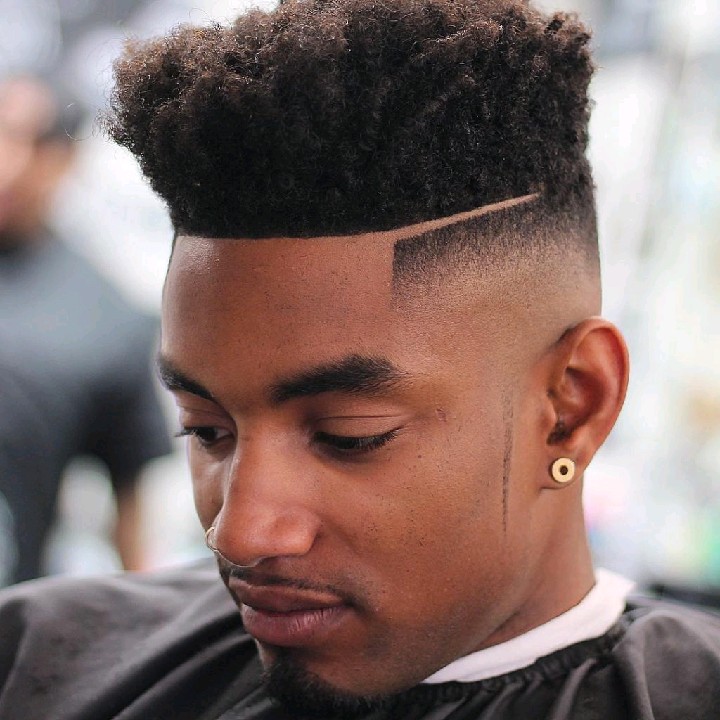Ensuring Client Welfare Through Efficient Safety and Safety Guidelines in the Hairdressing Field
Ensuring Client Welfare Through Efficient Safety and Safety Guidelines in the Hairdressing Field
Blog Article
The barbering industry holds a crucial role in individual care and self-care. However, it is vital to emphasize the wellness and security of both customers and stylists in this environment. Effective health and safety regulations are crucial for maintaining hygiene standards, avoiding accidents, and ensuring a positive interaction for all parties engaged. By adhering to these guidelines, barbers can create a safe space that fosters trust and comfort among patrons.
A single key component of well-being and safety in barbering is cleanliness. Stylists must comply with strict hygiene protocols, including frequent disinfecting of tools and workstations. This includes disinfecting scissors, trimmers, and brushes after every use to remove the risk of spreading germs or contamination. Moreover, barbers should use sanitized gowns and towels for each individual to maintain a sanitary environment. Applying these measures not only safeguards clients but also enhances the reputation of the barbering business.
Another important regulation addresses the safe management of substances used in hair treatments. Products such as hair dyes, relaxers, and other formulations can present hazards if not handled properly. Barbers must follow protective protocols for the containment and use of these chemicals to prevent skin irritations or allergic reactions among customers. Using protective gear and providing sufficient airflow during procedures are crucial steps that barbers should take to ensure customer well-being while offering high-standard services.
Accident prevention is also a vital component of health and safety requirements in grooming. Salons should be arranged with precaution in mind, reducing hazards such as slippery floors or disorganized workspaces. Team members should be trained in emergency procedures, including how to handle link cuts or thermal injuries that may happen during treatment. Supplying medical supplies and confirming that all team personnel know their placements is an excellent way to prepare for unexpected incidents. By prioritizing safety measures, barbers can create an environment where clients feel secure and cared for.
Lastly, clear interaction is essential to supporting client wellbeing in the barbering industry. Barbers should engage with patrons about their needs and any potential concerns linked to the treatments provided. This involves reviewing sensitivities to products or look what i found previous adverse reactions experienced by clients. By fostering honest dialogue, professionals can build rapport with their customers while delivering that they get customized care tailored to their individual requirements. Ultimately, prioritizing wellness and protection regulations will lead to improved client satisfaction and a successful haircare practice.